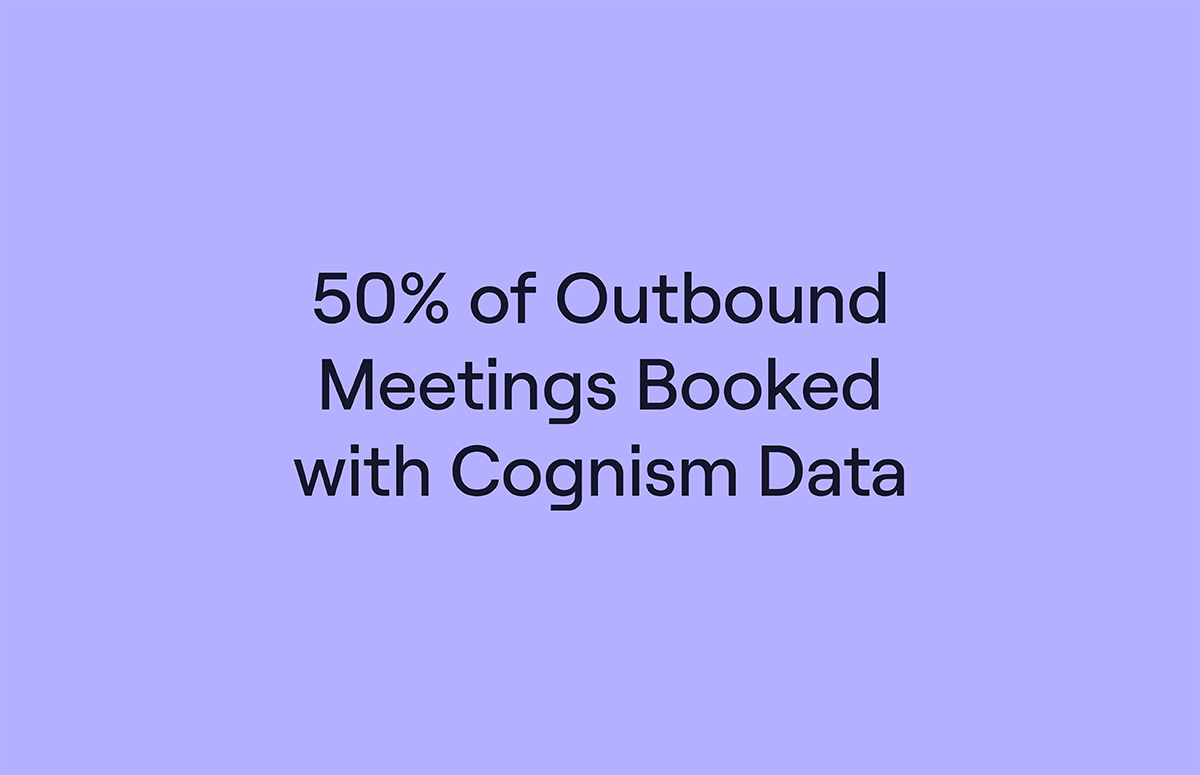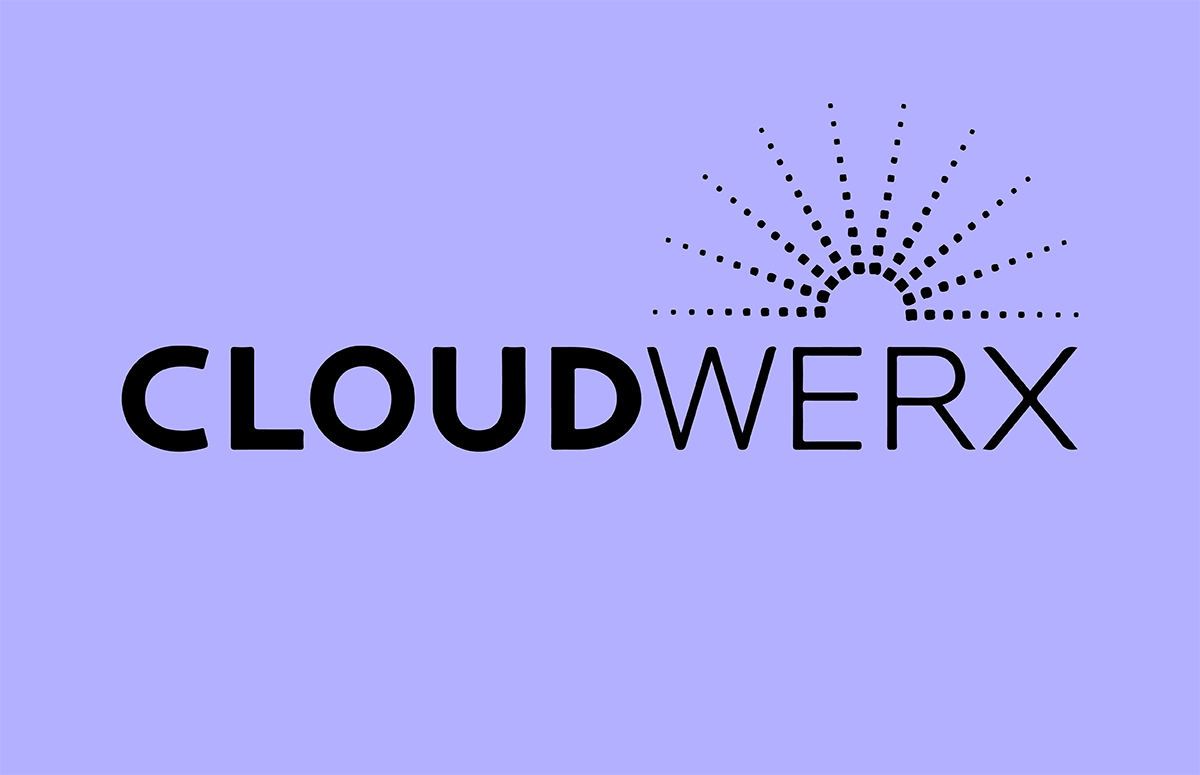What Is Technographic Data & Its Value for Business?
Technographic data is one of the five main types of B2B data - and one of the most useful for sales teams selling tech solutions.
Technographics give you insight into a company’s tech stack and provide clues on whether your prospects have a need for your product.
In an increasingly competitive marketplace, technographic data can give you a competitive edge.
In this article, we’ll deep dive into the “what”, “why” and “how” of technographic data - by the time you’ve finished reading it, you’ll know:
- What technographics are.
- How technographic data is collected.
- How your sales and marketing teams can benefit from technographic data.
Let’s get started 👇
What is technographic data?
Technographic data is B2B data that shows you which technologies your (potential) clients use. Technographics covers the entirety of a company’s tech stack, from the hardware and infrastructure to SaaS solutions such as a CRM or data platform.
An example of technographic data would be a report showing you that a company runs Salesforce as their CRM, SalesLoft for sales enablement and Cognism as their data platform (very smart!).
On the other hand, you could also find that a company runs bespoke software on their own in-house systems.
This kind of information tells you more about a prospect than just what’s in their tech stack. It can give signals to their philosophy, flexibility, scalability, budget and more.
How do organisations collect technographic data?
There are three main ways companies can collect technographic data on their prospects:
- Surveying – companies can send out surveys or phone prospects directly to ask what tech solutions they use.
- Scraper API – companies take advantage of technology to ascertain the software that companies use. For example, scripts in the source code of a company’s website could indicate specific software solutions.
- Buying data from third-party providers – companies can purchase technographic data from data providers like Cognism. This is the most common (and the most pain-free) way for a company to collect technographic data.
Why do B2B organisations need technographic data?
If you know how to use it, technographic data can be extremely helpful.
Sure, it can show you if a company and their employees are using a competitor or complementary technology, but it can also show you:
- Their level of technical expertise.
- Their budget and how much money they’re willing to spend on a new technology.
- If they’re problem-aware or need additional education.
For example, if someone is using your nearest competitor, you know they need the solution you provide, even if they’re currently finding it elsewhere.
Knowing this will also prepare your outbound sales team; they’ll likely need different sales assets like battlecards, one-pagers and case studies to show their prospects why your solution is a better option.
If you integrate with a specific B2B technology, you can target users of that particular technology, demonstrating how your solution enriches or improves the company’s existing workflows.
Alternatively, if you believe a company has a need for your solution, but they don’t have one in their tech stack, then there’s an opportunity for you to plug that gap. In this case, you can share educational content, best practice documents and case studies that show prospective customers the value your product can bring and how other companies are solving similar challenges.
Technographics can help you make gains in five essential areas:
- Segmentation – technographics allow you to create lists of prospects with similar needs, which you can then target with personalised messages and content.
- Understanding – when you know the specific tools a prospect uses, you know the problems they face and the steps they take to solve them. It’s a great conversation starter.
- Lead scoring – technographics help you prioritise the leads that are more likely to need what you sell, meaning you can focus on calling them first.
- Shortening the sales cycle – technographic data can help you reach a prospect at a time when they’re more likely to be interested in what you have to say.
- Competitive analysis – how are your competitors finding success? Are they taking opportunities you were previously missing?
How technographics supercharge B2B sales
Armed with accurate technographic data, B2B sales teams can achieve better results. Here are three ideas:
1. ABM
In account-based marketing (or ABM), companies build connections with multiple buyers across a prospect account.
Technographic data is helpful for identifying accounts to target. It helps you understand the tech they use already and the logic behind their purchasing decisions. If this sales data shows a gap in their stack that your product could fill, it could be time to invest in ABM with that account.
2. Personalised prospecting
Technographic data can help your sales team make better approaches to your prospects.
For example, if you know your prospect uses a tool that your product integrates with, you can give them a call and talk about how your product complements the solutions they already use. If your sales and marketing teams are well-aligned (which they should be), marketing can create personalised content around it.
3. Better qualification
Finally, technographics are also a great addition to your current data operation. For example, if you’re using chronographic or intent data to look for sales triggers and buyer intent, technographics can arm you with additional context and can even be one of your qualification criteria.
For instance, if a company has just received a new funding round, but uses a competitor product that doesn’t perform as well as yours, you have a great reason to call them up and highlight the impact your product could make.
Five key takeaways
Here are the five things you need to know about technographics:
- Technographic data gives B2B organisations insight into the technologies their target companies and their employees are using.
- The simplest way to bring technographic data into your organisation is by purchasing it from premium B2B data providers like Cognism.
- You need technographics as they make your list building, lead scoring and sales approaches more effective.
- If you’re running ABM in your organisation, technographic data makes your account selection easier and more effective.
- Using technographic, chronographic and intent data together helps you contact the right prospects with the right message at the right time.
Premium technographic data from Cognism
If you want to use technographics to gain a competitive edge in the marketplace, it’s time to talk to Cognism.
As the leading premium B2B data provider, Cognism brings you advanced prospect and account intelligence to book more meetings and close deals faster than ever before.
Using the Cognism platform, you’ll be able to access firmographic, demographic, chronographic, technographic, contact and intent data (powered by Bombora) - a powerful data combo that gives you a 360 view of your ideal customer.
1k+ revenue teams use Cognism to identify and engage their dream prospects. See what you’re missing by clicking 👇



